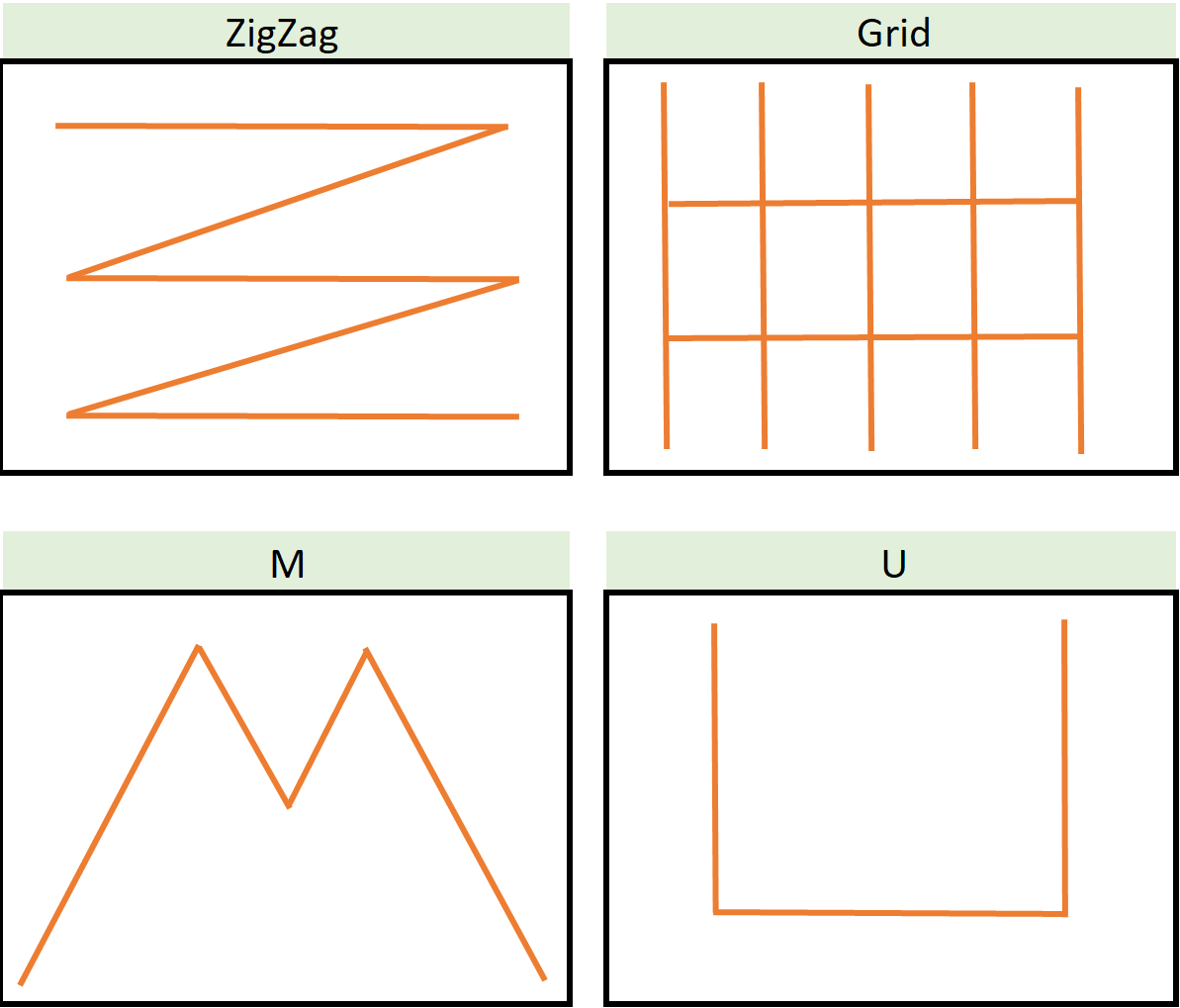Spring is in the air! The grass is greening up, the songbirds are back serenading us, each day is getting longer, the daily temperature is sort of warming up, and snow is changing to rain (for the most part). But that is the problem, isn’t it? Temps are staying lower than average, and the precipitation does not seem to want to stay away for longer than a 48-hour stretch, at best. In Champaign, the average temperature for the month of April so... Read More →
ILSOYADVISOR POST
The What, When, Why and How of Weed Management
May 05, 2020
Weeds are biological structures that are formed from a seed with a sole purpose to grow, reproduce with at least one successful offspring. Wow, this sounds a lot like a soybean or corn plant. The only difference is society has developed a way to commercialize corn and soybeans, where weeds just grow to make farming more challenging. Thus, any vegetation growing in a crop field that is not wanted is considered a weed.
In modern agriculture, we are blessed to have so many great options to battle against problematic weeds. When developing and implementing your 2020 herbicide program, or thinking about future options, please consider some of the information below.
It’s very important to understand the biology of a weed, when and how it grows. By understanding these two questions, you can better assess what tactics and solutions will work best. Soybean growers currently have new post-emergent herbicides to help control weeds, but it’s very important that we manage them properly, to protect their longevity. The best-case scenario is to not have to apply a post-emergence herbicide. Consult with an Illinois CCA to better understand your weed management options.
Types of Weeds:
- Annuals: Completes life cycle in less than 12 months – germinates, grows, reproduces, dies (Velvet leaf, Cocklebur)
- Perennials: Live for more than one year (dandelions)
- Biennials: Takes two years to complete its life cycle (thistles, wild carrot)
Weed Classification by Morphology:
- Monocotyledons: one leaf during emergence (Grasses)
- Dicotyledons: two leaves during emergence (Broad Leaves)
Why Scout for Weeds?
1. Proper identification of the weed pressure
2. Helps when selecting the proper herbicide
3. Evaluating potential yield impact
Types of Weed Management:
1. Chemical (Herbicides):
a. Residual herbicides
b. Post emergence herbicides
2. Cultural:
a. Crop rotation:
b. Cover crops:
c. Planting dates:
3. Mechanical:
a. Primary tillage
b. Secondary tillage
c. Hand weeding
When to Scout for Weeds?
1. Early: April-May
a. No-till (Determine burndown needs)
i. A good burndown program will have a 2,4-D +Glyphosate + residual
b. Conventional: Determine tillage needs to terminate current weeds
i. Will the type of tillage terminate the growing weed or just simply knock it down and transplant it. These types of weeds can create challenges season long.
2. Mid-Season: May-June
a. Evaluate effectiveness of the residual herbicide
i. What types of weeds are escaping?
ii. How long did the residual hold?
b. How soon until a post application is needed?
i. Plant type and plant size is important
c. Evaluate the post emergence application
i. Evaluate weeds 7-10 days after application
ii. Evaluate the crop for any injury
3. Late Summer: July-August
a. During this scouting activity, it’s important to get a good observation of the full field to understand how weeds broke through the selected program and why.
b. Review your information with agronomic consultants to understand the why and how to build a strong program for the following season.
 How to Scout for Weeds?
How to Scout for Weeds?1. Even the best CCA can’t fully and successfully scout a bean field from a truck going 35 MPH down a back-country road. To successfully scout a field, one needs to thoroughly cover the field to understand the Headlands, field edges, near water way, high and low areas.
2. Modern scouting will use a combination of pattern types to evaluate the field. The type can be based off the crops, time of year, field size, field history, etc.





Comments
Add new comment